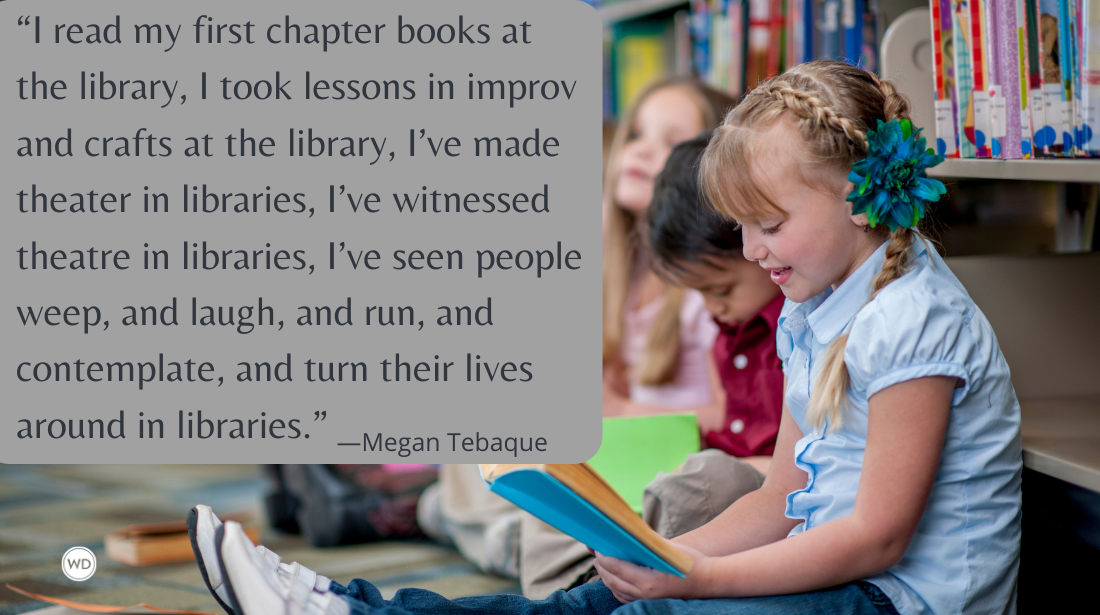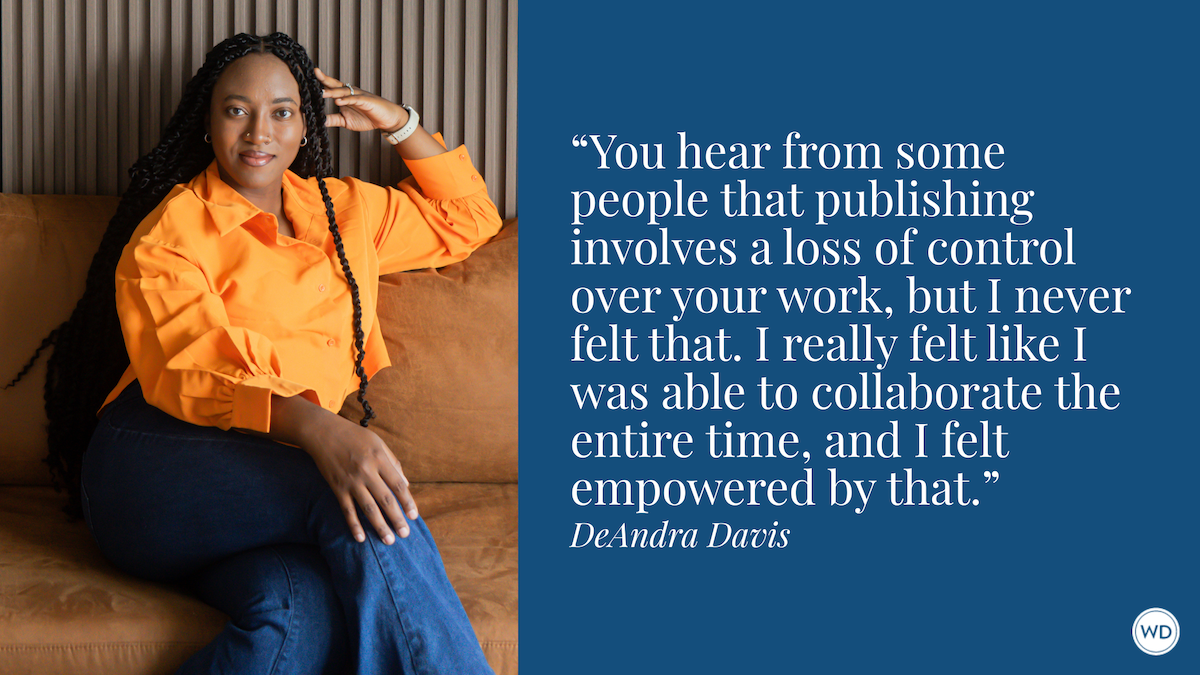Jeanne Mackin: Characters, Setting, and a Problem to be Solved
In this post, Jeanne Mackin shares why she prefers writing historical fiction, how research guides her writing process, what her best piece of writing advice is, and more!
Jeanne Mackin is the author of acclaimed novels about ground-breaking, fascinating women whose lives intertwine with the political and cultural events of their times. Her novels have ranged from the salons of pre-revolutionary France to the cafes and conspiracies of France between the world wars.
Her most recent novel, The Last Collection, based on the intense rivalry between Coco Chanel and Elsa Schiaparelli, takes the reader into a world of Parisian haute couture and dangerous politics just before World War II. She has also won awards for journalism and taught writing. She lives with her husband in the Finger Lakes area of New York State.
In this post, Jeanne Mackin shares why she prefers writing historical fiction, how research guides her writing process, what her best piece of writing advice is, and more!
*****
Whether history is a backdrop to your story or the focus of the story itself, this workshop will provide you with the tools to find the facts you need, organize the data in a functional manner, and merge that data seamlessly into your novel. You'll discover the appropriate level of historical data to include as a function of a particular writing goal, learn the definition of historical markers and how and where to unearth them, and uncover the tools to integrate history, research, and the fiction plot arc.
*****
Name: Jeanne Mackin
Literary agent: Kevan Lyon of Marsal Lyon Literary Agency
Book title: The Last Collection—A Novel of Elsa Schiaparelli and Coco Chanel
Publisher: Berkley
Release date: August 11, 2020
Genre: Historical Fiction
Previous titles: A Lady of Good Family; The Beautiful American; The Sweet By and By; Dreams of Empire; The Queen's War; The Frenchwoman
Elevator pitch for the book: An American woman becomes entangled in the intense rivalry between iconic fashion designers Coco Chanel and Elsa Schiaparelli, just as Paris prepares for the Nazi invasion of World War II.
What prompted you to write this book?
Stories about powerful women fascinate me. And in Paris, in the years between the world wars, few people were as powerful, or as rich, as Coco Chanel. When the upstart Elsa Schiaparelli from Rome entered the world of Paris fashion and threatened to usurp Coco from her throne as queen of couture, the rivalry was intense, and almost fatal.
The true histories of these two women, and the Parisian setting, were irresistible to me. As I researched and saw how closely fashion and politics were connected I grew ever more intrigued.
How long did it take to go from idea to publication?
It takes me several years to complete a novel, largely because of the amount of research I do. And yes, ideas always change during the actual writing process. I'd be worried if they didn't! The novel writing process, for me, begins with characters and a setting, and a problem to be solved, and goes from there.
I often explore several solutions before I discover the one I want to stay with, to work with. Balance has to be constantly fine tuned. There has to be a love story—think of a single novel that isn't in some way, about love—but it has to be balanced with the historical plotting.
What most changed for me in this novel was how to solve the problem of my main character's grief. At the opening of this novel, Lily Sutter is a young American widow who must learn to live again—to heal her sorrow and feel the emotions of the living, all the joy and pain and pleasure and worry that life involves. She must abandon the grey numbness that has overtaken her. Her complex friendships with Coco and Elsa begin that process, but the ultimate solution, when it appeared on the page, surprised me.
Were there any surprises or learning moments in the publishing process for this title?
I was surprised, and reminded to be surprised, once again, by the brilliance of the editors and copy editors who are at Berkley. Writers often see what they think is on the page, what they meant to be put on the page…but often what has been typed in is not quite the same thing. And, when dealing with the historical facts of several real characters and weaving them in and out of the lives of fictional characters, as I like to do, anomalies can appear, as well as out and out mistakes. The editing and copy editing process polishes the work and helps make it the book the writer wants it to be.
Were there any surprises in the writing process for this book?
The research always leads to surprises. It's one of the many reasons I write historical fiction. I want to learn about the world that came before me. It helps me understand where the world is now. I also like to swim against the tide, as it were: Take a historical meme and relearn it, rework it.
This novel gifted me with two important lessons: Fashion is not trivial. It reflects its own historical moments and philosophies and attitudes. When we decide to wear a specific piece of clothing or style, we are making a statement that goes far beyond fashion and says things about ourselves and our beliefs and worldview.
A specific fact that startled me during this research was that German prisoners of war were housed in this country, as well as in England. And those POW camps in this country had special sections for German deserters, men forced into the military who did not agree with Hitler, did not want to fight for him and his evil.
What do you hope readers will get out of your book?
The same lesson I hope they take away from all of my novels. That glorious John Dunne poem: "No man is an island, entire of itself, every man is a piece of the Continent, a part of the main."
We are all connected and history shows us over and over that if we harm others that harm comes back to us, one way or another. And on a lighter note, Elsa Schiaparelli, in her autobiography Shocking Life, made a list of 12 commandments for women, and this is my favorite: "Ninety per cent (of women) are afraid of being conspicuous and of what people will say. So they buy a grey suit. They should dare to be different."
If you could share one piece of advice with other authors, what would it be?
Give yourself permission to dream!
Each day when you begin your work remind yourself that you are engaging in a creative process. This is the time to experiment, to try various "what if" situations and imagine those voices, the dialogues between characters. When things happen that you didn't plan, when characters surprise you, that often means the creative process is now in control…and that's good.
Robert Lee Brewer is Senior Editor of Writer's Digest, which includes managing the content on WritersDigest.com and programming virtual conferences. He's the author of 40 Plot Twist Prompts for Writers: Writing Ideas for Bending Stories in New Directions, The Complete Guide of Poetic Forms: 100+ Poetic Form Definitions and Examples for Poets, Poem-a-Day: 365 Poetry Writing Prompts for a Year of Poeming, and more. Also, he's the editor of Writer's Market, Poet's Market, and Guide to Literary Agents. Follow him on Twitter @robertleebrewer.








